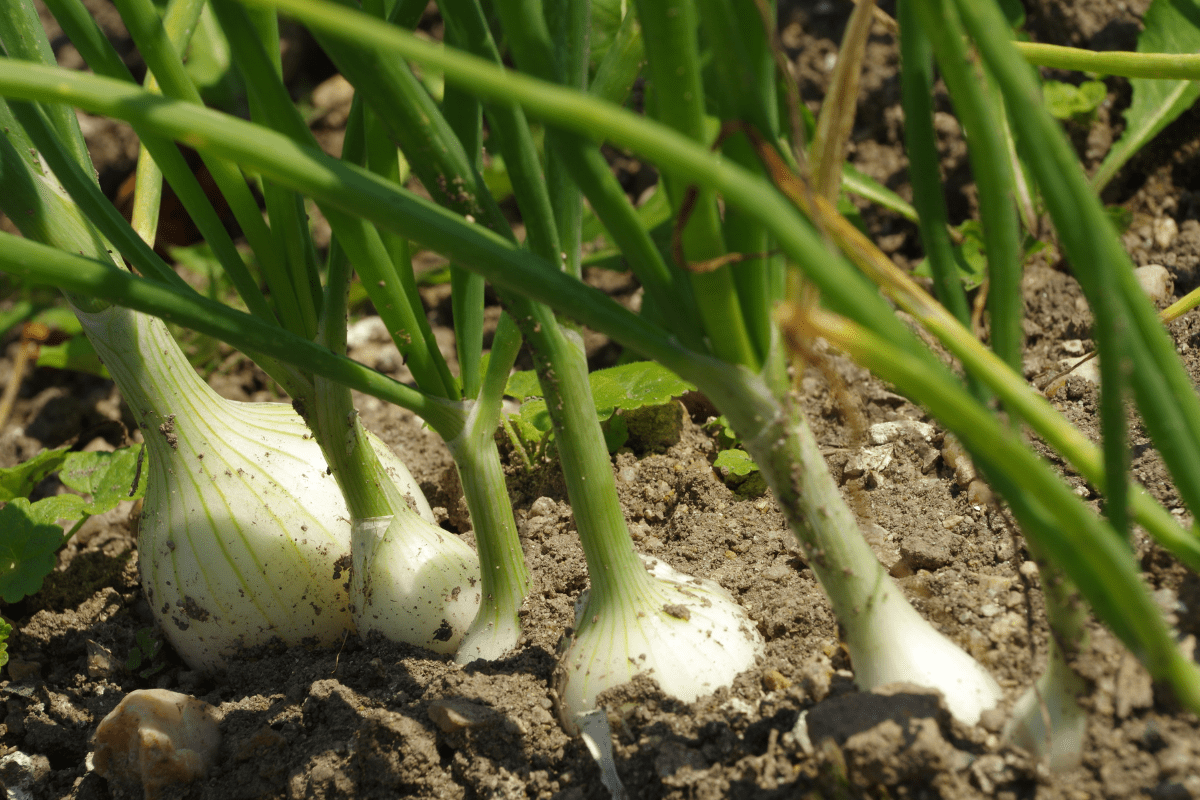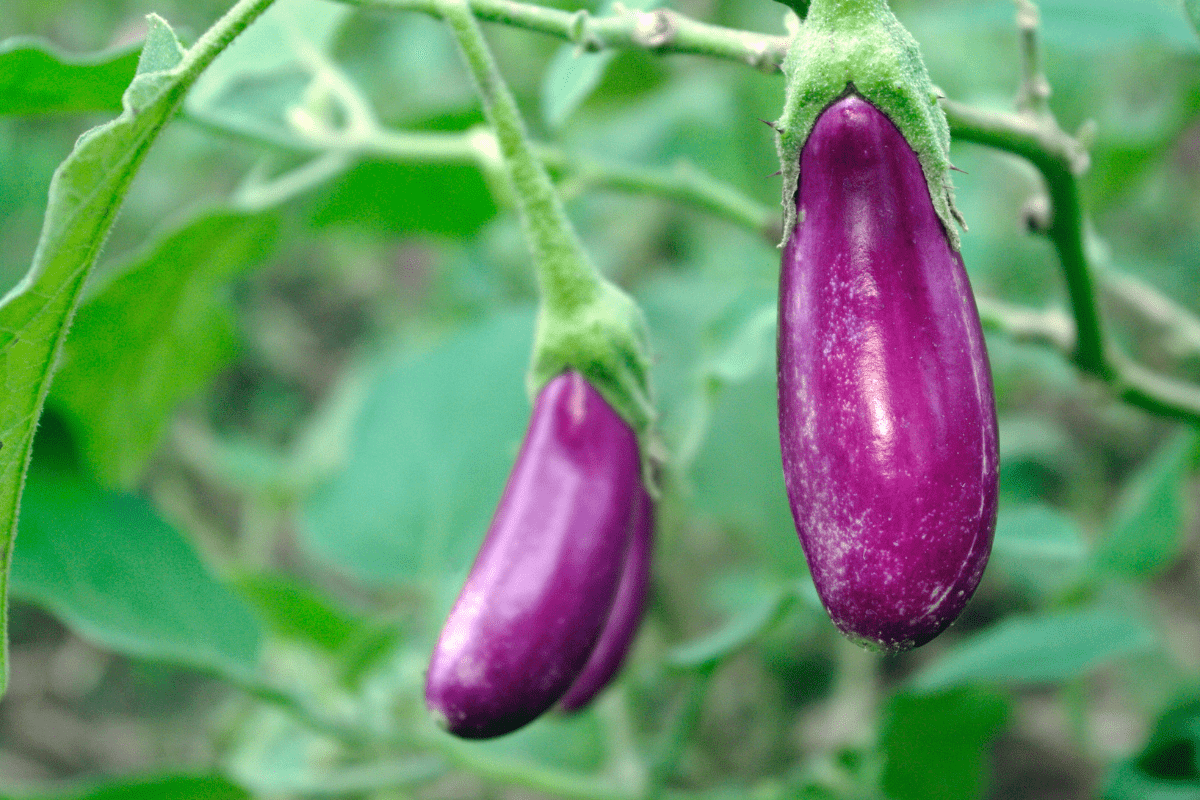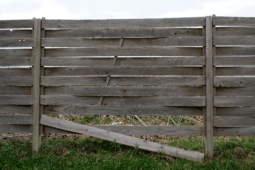The Easiest Vegetables to Grow In Your Garden
There’s nothing wrong with having a little low maintenance in our lives and that’s especially true when it comes to gardening. Whether you’re a seasoned gardener or you’re just starting out and ready to try your hand at gardening, planting vegetables that are easy to grow and not a lot of work to maintain is helpful for everyone. In this list, we will share some of the easiest vegetables to grow as well as some that should be avoided if you don’t have a lot of time for high maintenance veggies.
Carrots

Carrots are a great choice for beginner gardeners. They are simple and easy to grow so long as your seeds are planted in loose, sandy soil. Carrots are a cool-season crop and it’s important to keep the soil moist for prime germination. Carrots will thrive the best in full sunlight but they can withstand a small amount of shade.
Green Beans

A side-dish favorite, green beans are a great, simple addition to the garden. They are known for their easiness in cultivation. You can plant green beans directly in soil or in a raised garden bed; either way, you will want to make sure that any threat of frost is long over prior to planting. To give your green beans an extra bit of help, you can dig in some finished compost to the garden bed—your beans will love you for it. Make sure your green beans have a sufficient amount of direct sunlight so that they can really thrive.
Cucumbers

The health benefits of the cucumber are many and they go great on a nice summer salad but they also make for easy gardening. You will want to plant your cucumbers in a spot that gets full sun. Don’t be afraid to mix in a little compost into the soil too! If you’re after an early crop, you can start your cucumbers indoors 3 weeks before you transplant them into your garden. After planting, you just need to make sure they get plenty of water. Lots of water and they will grow really fast.
Lettuce

Ever have a garden salad right from your own garden? In my opinion, a fresh salad made with lettuce from your own garden is far superior to store-bought lettuce. The fact that lettuce is easy to grow makes it even better. Lettuce needs full sun, like many of the other easy-to-grow vegetables. However, if it is planted in the shade it can still grow, it’ll just be at a slower rate. Your lettuce leaves will let you know if they need more water, too. If they are wilting, it’s a sure sign that it’s time to water.
Bell Peppers

There’s nothing like the crunch of a bell pepper to sweeten up a summer salad! Bell peppers need full direct sunlight for at least 6-8 hours a day. It’s best to water your bell peppers 2-3 times a week when the soil is dry about 1-2 inches beneath the surface. If you live in a hot climate watering may be required every day.
Radish

Chopping up radishes and adding it to pasta or potato salads is a sweet and mild treat. When you grow them in your own garden you will have the ability to use this under-rated vegetable in many ways. Radishes are versatile because you plant them 4-6 weeks before spring’s last frost but if you miss that date you can still get a good crop if you plant them in late summer or early fall. You will want to keep your garden bed not soaked but moist and you should ensure that you are watering evenly for a quick and effective growth.
Zucchini

For those that enjoy zucchini, you will be happy to know that this vegetable is also quite easy to grow. There’s no need to start the seeds indoors just make sure you find a spot with full sun and rich soil. Make sure you sow your zucchini seeds 3-4 inches apart and don’t plant too many as zucchini reproduces quite quickly.
Onions

Where there’s onions, there’s flavor and when it comes to a vegetable garden, onions should definitely be on the list. Onions are planted in early spring and then harvested in the fall. They are a cold season crop and should be planted in full sun where they will not be shaded by other plants. The more energy they get from the sun the larger the onion bulb will grow.
High Maintenance Vegetables: Cauliflower

Although cauliflower is a delicious vegetable and great as a side dish, it can be a little tricky to grow. Cauliflower has a long growing season and it doesn’t like it too hot or too cold. There are also some pruning steps that will need to be taken to ensure a full bountiful head of cauliflower. Most heads need to be blanched, or have the stalks bent so that the outer leaves come up and over the top of the head, covering it. The leaves must be tied and stay this way until the head has matured. If you’re up for the challenge, go for it but make sure you have adequate time to donate to your garden.
Eggplant

Eggplant parmesan is a delectable dish and may inspire most to grow their own eggplant but these savory purple vegetables can be quite the task to grow. They are very temperature sensitive and can’t withstand fluctuations. Eggplants are also prone to be attacked by flea beetles. These bugs can be handled with row covers and pesticides but it makes this vegetable a little more high maintenance than most.
Sweet Potatoes

Sweet potatoes or yams are a welcomed change of pace to your average potato side dish and there’s nothing like fresh cut sweet potato fries but when it comes to homegrown sweet potatoes, one must be prepared for a long growing season. Sweet potatoes usually require more than 100 days of hot weather and cannot stand cold soil. If you live in a hot climate, you may be in the perfect spot to try your hand at this vegetable but if you live anywhere the temperatures can dip at night you may be disappointed with your crop.
Celery

Celery is a common vegetable and one that we can always put to use in the kitchen whether it be in a tuna salad or in something as comforting as soup the fact remains that celery is maybe one of the most popular vegetables. If it’s on your list to grow your own make sure you have adequate time to dedicate to its consistent watering. Celery thrives best with a lot of moisture but also during its growing season it requires cooler temperatures so this can be a little tricky for those living in hotter climates.








